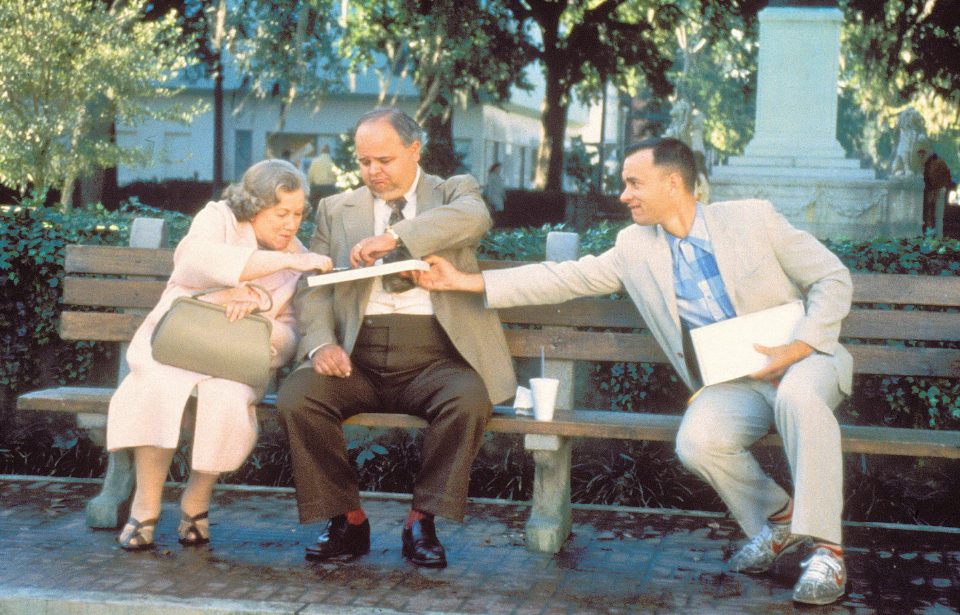The Mandela Effect has us stretching our memory to the max, making us question even the most minuscule memories from the past. Theories surrounding the Mandela Effect have become increasingly popular in the past couple of years. The term refers to a situation in which a large number of people believe that a certain event occurred when in reality it did not. Here we take a look at some of the most mind-blowing Mandela Effects that truly have us questioning not only our brains, but also history as a whole.
1. Nelson Mandela’s Death
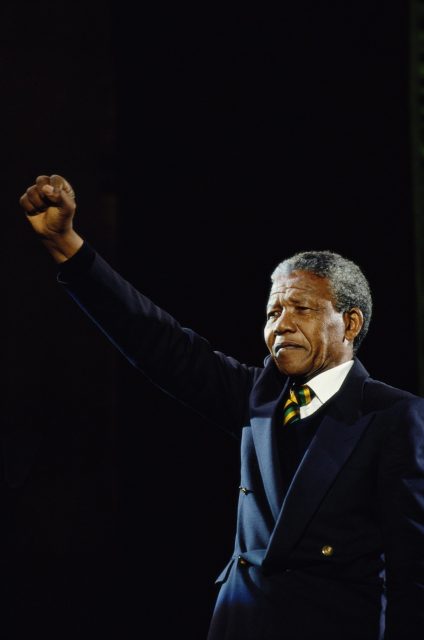
The Mandela Effect was named after the prominent theory surrounding former South African leader Nelson Mandela’s death in a prison in the 1980s. However, Nelson Mandela did not die in the 1980s- in fact, he passed away relatively recently, in 2013.
Paranormal researcher Fiona Broome wrote about her “memory” of Nelson Mandela passing away in the ’80s, stating “I thought I remembered it clearly, complete with news clips of his funeral, the mourning in South Africa, some rioting in cities, and the heartfelt speech by his widow. Then, I found out he was still alive.”
However, the actual situation is that Nelson Mandela was released from prison in 1990, and became the president of South Africa from 1994 to 1999. He did pass away (for real) in 2013 at the age of 95.
2. Looney Toons vs Looney Tunes
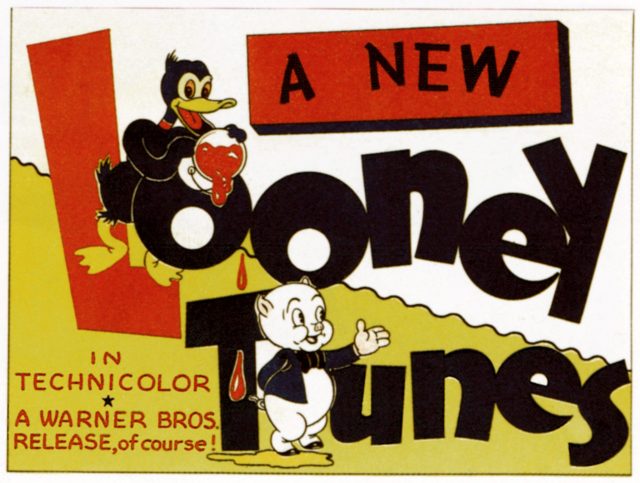
There’s no debate that Bugs Bunny would close every episode of The Bugs Bunny Show by saying his famous line, “That’s all, folks!” However, one aspect that is up for debate is whether it is “Looney Toons” or “Looney Tunes” that appears above Bugs’ famous line.
Most people swear they remember seeing “Looney Toons”- toons being short for “cartoons.” However, believe it or not, it has always been “Looney Tunes,” and there is a valid explanation for this.
In the 1920s, Disney began producing short cartoons known as “Silly Symphonies.” After these cartoons began increasing in popularity, Warner Bros. wanted to put their own spin on it. As a result, they used Disney’s format for two of their animated shorts, “Looney Tunes and Merrie Melodies.” After a while, these musically-filled cartoons came to lose their melody and became known as just being funny cartoons. The fact that “toons” sounds exactly like “tunes” is probably partially where some of the confusion comes into play.
Warner Bros. also added to the debate by releasing “Tiny Toon Adventures” in the 1990s. However, rest assured, it has also been Looney Tunes after the original musically-inclined cartoon.
3. Monopoly Man’s Monocle
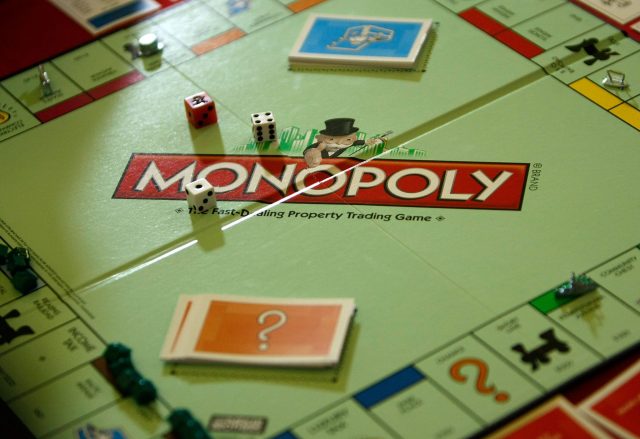
When playing the board game Monopoly, our main focus typically isn’t observing the accessories on the Monopoly man’s face. However, this Mandela Effect examines whether or not the Monopoly man wears a monocle or not.
Many people would swear that the Monopoly Man wears a monocle. People can clearly remember him being pictured with a monocle on the Monopoly box, on Monopoly money, and even on the Monopoly game board. However, since the Monopoly Man’s first appearance in 1936, he has never been pictured on a Monopoly box or board with a monocle.
In 2016, an animated photo of the Monopoly man wearing a monocle appeared on the official Monopoly Facebook page. However, people were certain that he was on the box with a monocle before then. Perhaps the best explanation for this Mandela Effect is that we were getting the Monopoly man mixed up with the Planters peanut company mascot, Mr. Peanut, who does really wear a monocle.
4. How many people were in the car during Kennedy’s assassination?
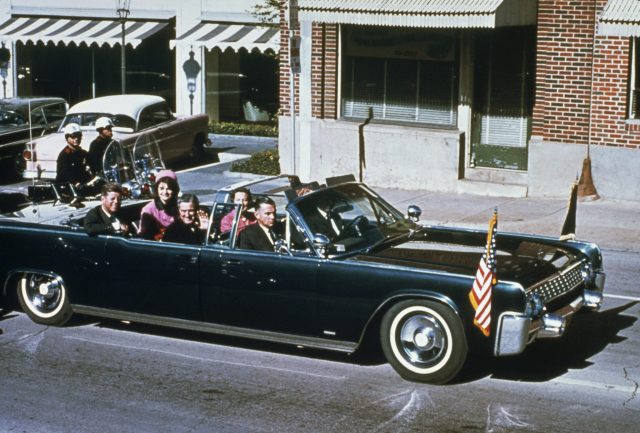
As if there needed to be any more conspiracy theories surrounding John F. Kennedy’s assassination. We can all agree that President John F. Kennedy was killed on November 22, 1963, but how many people were riding in JFK’s motorcade car?
Most people remember seeing four passengers in the motorcade car. Texas Governor John Connally and his wife Nellie Connally were seated in the front, while JFK and Jackie Kennedy were seated in the back of the car. However, according to this Mandela Effect, there were actually six people in the car, with two additional agents seated in the front of the car.
As far as we know, there were definitely six people total riding in the President’s car on November 22, 1963- JFK and Jackie were in the back, Governor Connally and Nellie in the middle row, and two secret service agents rode in the front. One reason why so many people (us included) thought that it was a four-seater car was because many photos taken in Dealey Plaza cut off the first row of seats, making it seem as though the only people in the car were Governor Connally, JFK, and their wives.
It is also worth noting that the president’s car had another odd feature – a double windshield. One windshield was in front of the two agents while the other windshield was in front of Governor Connally and Nellie Connally. Therefore, it’s feasible that the car appeared to be a normal four-door model because of this double windshield feature in photos.
5. Mirror mirror… no wait, magic mirror?
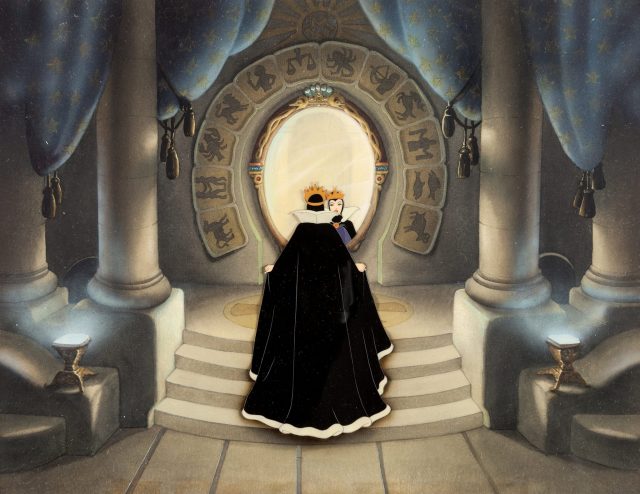
This Mandela Effect has Disney fans everywhere scratching their heads. In Snow White and the Seven Dwarfs, the evil Queen famously says “mirror, mirror on the wall,” right? WRONG! She actually says “magic mirror on the wall.”
To make matters even more confusing, the phrase following “mirror mirror on the wall” (oh wait, MAGIC mirror on the wall) is “who is the fairest of them all,” right? Well sadly, this is where were are wrong again. Following “magic mirror on the wall,” the Queen asks “who is the fairest ONE of all?” This has us seriously questioning everything we once thought we knew.
6. The Moai and their hats?
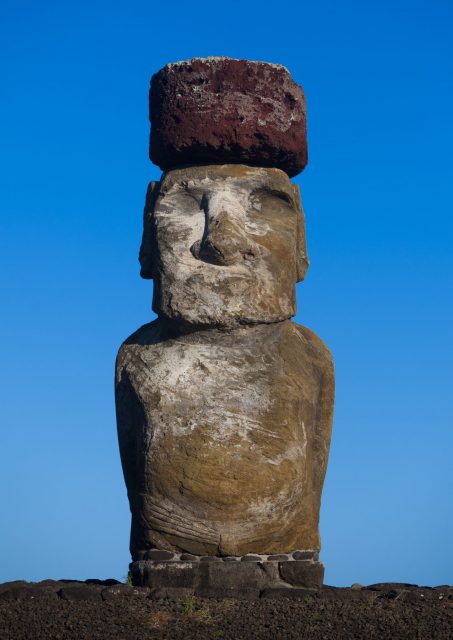
Maybe we watched too much Night At The Museum when we were younger, but we could have sworn that Easter Island Moais didn’t look like the above photo, or wear hats. The reality of the situation is that some Maoi wear red caps and many statues have pointed noses. However, many people swear that the statues never wore hats, and that the shape of their faces was broader with a flatter nose and deep-set eyes.
The most realistic explanation for this Mandela Effect is that there are over 900 statues, and perhaps people had not yet seen photos of a hat-wearing Moai.
7. Tiananmen Square ‘Tank Man’

People around the world have seen this famous photo that came out of Beijing, China on June 5, 1989. Known as “Tank Man,” this brave man stood in front of a column of tanks leaving Tiananmen Square as a nonviolent protest against the Chinese communist government.
Many people who watched this event remember seeing Tank Man being run over by the tanks. However, in reality, Tank Man was pulled off the street by onlookers to safety. What makes this Mandela Effect so difficult is that the identity of the man has never been learned, and no one knows who pulled him off the street. Some believe he was pulled away by Chinese government officials while others believe he was pulled away by concerned bystanders.
8. Berenstain versus Berenstein Bears
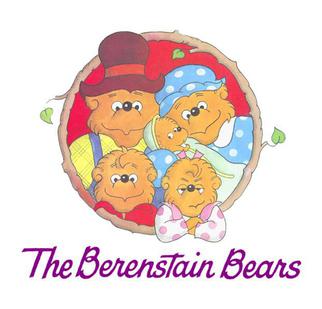
This is perhaps the most famous Mandela Effect on our list, because people were in such disbelief when they discovered that it was actually Berenstain Bears rather than Berenstein Bears. The Berenstain Bears was a beloved part of the childhood of many, but the issue is that people were certain “Berenstain” was spelled with an “ein” rather than an “ain.”
Social media forums, including Reddit and Twitter, have seen accounts pop up dedicated to uncovering the truth about Berenstain versus Berenstein. The weirdest thing about this Mandela Effect, however, is that these social media investigators have found proof of the “ein” spelling.
However, as confusing as this theory is, there is probably a simple explanation for this slip-up in the matrix. The Berenstain Bears were named after the authors Stan and Jan Berenstain. -Stein is a much more common suffix in names than -stain, so it is possible that the publisher misprinted the names of the family of bears, or perhaps our brains played a trick on us and we automatically read it with the -stein suffix because we see it more.
More from us: Ten Bizarre Historical Events That Really Happened
9. Life maybe isn’t a box of chocolates
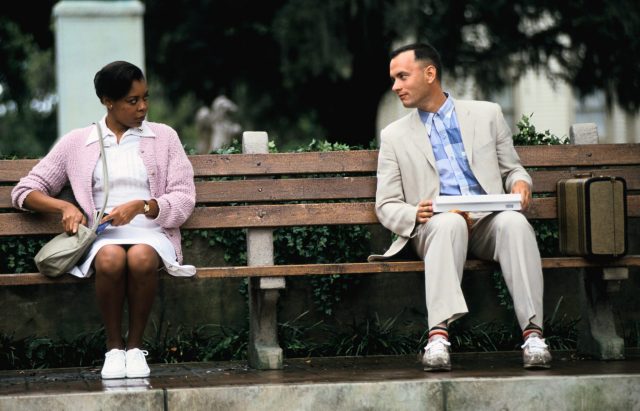
One of the most iconic lines in the movie Forrest Gump is when Forrest proclaims that “life is like a box of chocolates” in the present tense. However, in reality, Tom Hanks says that “life was like a box of chocolates” in the past tense. This one can probably be chalked up to lots of people just mishearing Forrest’s line rather than proof of an alternative universe.
